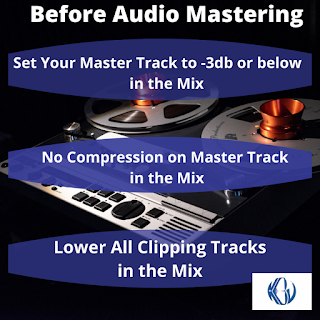Compression Before EQ or EQ Before Compression
SHOULD I ADD COMPRESSION BEFORE EQ OR EQ BEFORE COMPRESSION?
As an old rule, it is customary to add compression after
EQ. This produces a more warm and mushed
together sound. When compression is
applied before EQ, you typically get a more crisp and stand out type of sound.
When should I use each?
If a piece of audio needs a lot of work in the EQ
department, it could be useful to add compression before EQ so that you can
benefit the most from your EQ adjustments.
Compression will not squash out much of your EQ adjustments with this
method.
If the audio is almost perfect and will not need very much
EQ, it could be useful to add your compression after the EQ. With this method, you won’t change the sound
very much and will instead add more warmth and control to the audio.
Why do you get two types of sounds?
When you add compression after EQ, the compression attempts
to bring the lower volume dynamics in the song up to a louder level while
decreasing the perceived volume of louder dynamics. This kind of squashes your audio and levels
it out which will cancel out much of the pre-EQ that you have added. This gives you a warm round sound but will
take away some of the dramatic EQ adjustments that you made prior to adding the
compression.
When you add compression before EQ, you get to raise and
balance the overall volume and dynamics of the audio first. You can then use EQ to bring out some of the
specific frequencies that you think are needed.
This way your EQ can be heard well and will not be lost during
compression. You may still have to add a
little post-compression just to keep distortion or clipping under control but
keep it light.

"By Kelvin Butler" Kelvin Butler is the author of this blog. He also is part owner of KBJ Records.com, a website that caters to the working class musician by offering affordable services in audio mastering, and more. Learn about his very affordable offers at www.kbjrecords.com




Comments